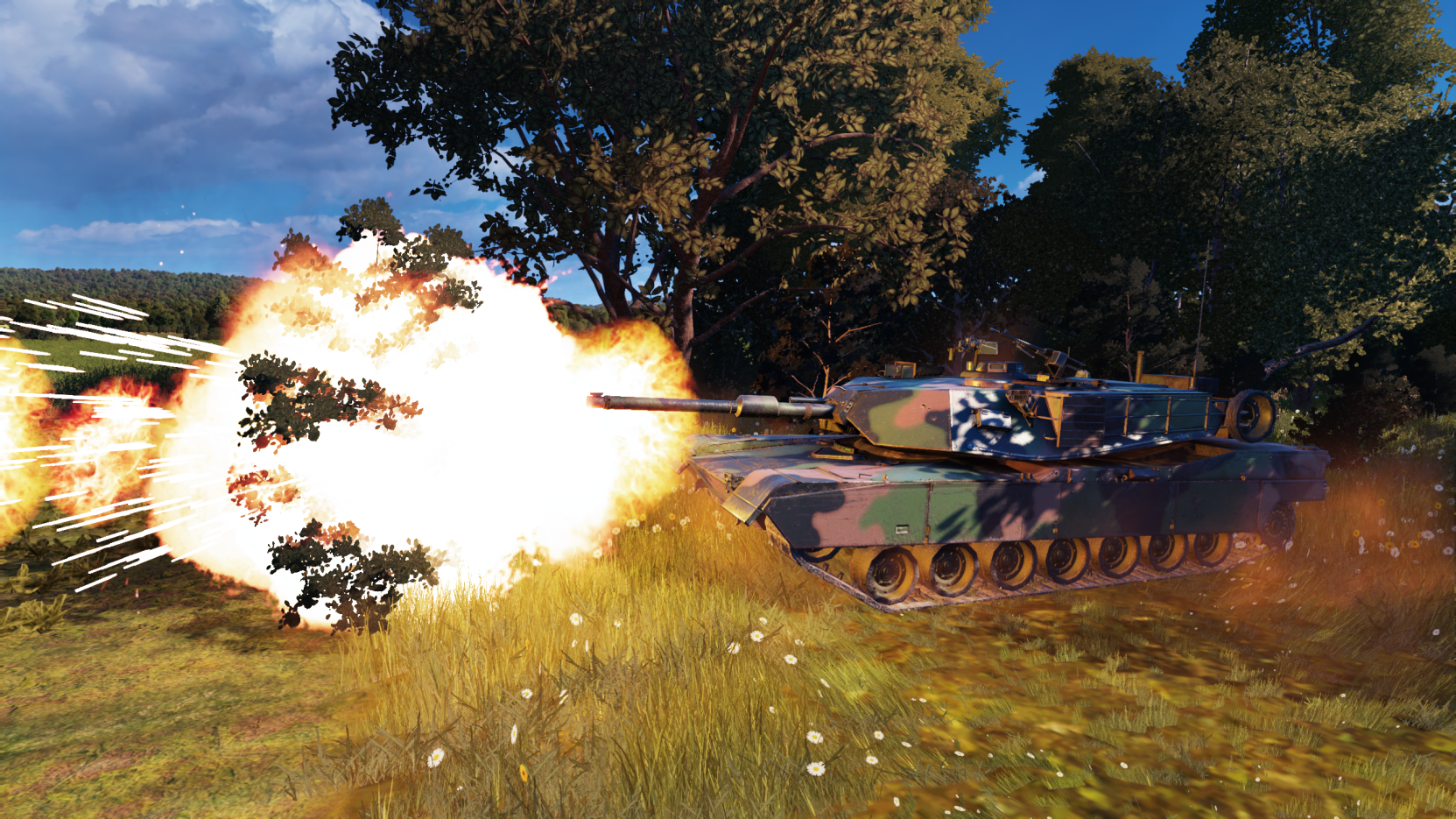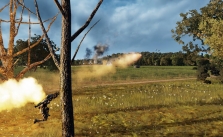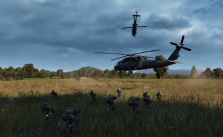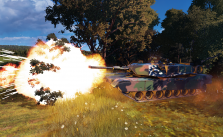WARNO – The Ultimate Guide to Tanks

This guide covers combat involving armored vehicles, such as tanks. This includes kinetic shells, armor penetration, accuracy, and damage calculation.
Armor Piercing
When firing at enemy armor, Tanks will use a kinetic-type shell called Armor Piercing (AP). These shells are fired at very high speeds, and they will use their speed to pierce the armor of an enemy target.
In the Unit Information Panel, a weapon will show if it can fire AP rounds when it displays the Kinetic icon.
It is important to note that an AP shell will lose power along the way.
An AP shell will contain the maximum amount of power when exiting a tank gun. This means that with an AP shell, the closer you are to an armored target on the battlefield, the more damage you will be able to do.
To be exact: in WARNO, when an AP shell is fired, it loses one point of Penetration Power for every 350 meters traveled.
Armor
Armored units have localized armor plating at different parts of the vehicle. A unit’s armor is divided into Front, Side (both flanks), Rear, and Top. In general, an armored unit frequently has the heaviest armor applied to the front.
An AP shell must penetrate the thickness of a unit’s Armor to cause damage.
Keep in mind to having an armored unit always face the enemy with the thickest portion of its armor.
Damage Calculation
Each vehicle has a damage level ranging from 0% to 100%. Consider this a vehicle’s “health.” Beyond 100% damage, a vehicle unit is destroyed.
A shell or round with a Penetration Power lower than the Armor Value of a target unit will be unable to damage it.
The Smart Targeting Tool, which can be seen when targeting an enemy unit, will tell you if the shot will be inefficient. The tool will also provide feedback on the distance that needs to be covered to be able to penetrate the target and do damage.
As soon as a shell can penetrate the opponent’s armor, it does the following percentage of damage:
- Damage Percentage = (AP Value – Armor) / 2 + 1
Note: if the target has no armor, the damage is worth 2 x the AP value. If the target has an Armor of 1, the damage is worth 1 x the AP value.
For example, we are firing an AP shell with a Penetration Power of 14 (on impact) at a target with an Armor Value of 3.
- Damage = (14-3)/2 + 1= 6.5 thus 65% damage.
Accuracy Calculation
Some vehicles can shoot on the move, while others cannot. You can check a unit’s capabilities in the weapon statistics of the Information Panel.
- The Motion icon means the weapon can be fired while on the move. This applies to both Infantry and Vehicle weapons.
- The Stationary icon means the weapon needs to be aimed and fired while stationary. This applies to both Infantry (crew-served) and Vehicle weapons.
Some advanced units can retain an Accuracy while shooting, which is almost identical to being stationary. Other units lose almost all Accuracy while firing on the move.
Shooting in motion and shooting while stationary are indicated by the changing color of the crosshair in the Smart Targeting Tool.
Once a shell is fired, the crew will reload the weapon. Depending on the results of the first shots, the chances of hitting subsequent shots might be improved.
If the shot successfully hits the target, the crew keeps the firing solution and will continue to hit with subsequent shots.
Use of HEAT shells
Some shells (more generally rockets or missiles) use shaped-charged explosive warheads, called HEAT for High-Explosive Anti-Tank, which is capable of piercing armor. Because their penetration performance relies on the explosive energy of the warhead rather than kinetic energy, HEAT warheads do not need to be launched at high speed. In other words, the shell does not lose power with distance.
Damages
The calculation is exactly the same as for
AP shells:
- ( AP – Blindage ) / 2 + 1
Anti-tank missiles
There are two main elements to know when using an anti-tank missile. The first thing is to know what is the targeting system of the missile, and the second is the guidance system of the missile once it has been fired.
Targeting system
Most missiles use targeting systems that require the vehicle to be stationary. More advanced missiles can be fired in motion.
Guidance system
Manual or semi-automatic:
The missile is guided and operated manually or semi-automatically. The missile after launch requires the constant intervention and control input of the operator.
Semi-active radar:
The firing control is carried out thanks to the electronics of the vehicle or aircraft which fired the missile. This means that the unit does not need to be stopped during the flight of the missile. This means that the unit can only fire one missile at a time.
Fire and forget:
Fire-and-forget Missile. After launching, the guidance of the missile no longer requires the active intervention of the operator. This means that the unit can fire another missile a few seconds after the first one has left.
Missile installation time
The time to fire the missile is one thing and the time to reload is another. On some vehicles, reloading the missile(s) can take several minutes in reality; on other vehicles, the missiles are placed on a rack and ready to be fired one after the other.
Therefore, it is wise to look at the vehicle and see how many missiles can be fired before they have to be reloaded.





